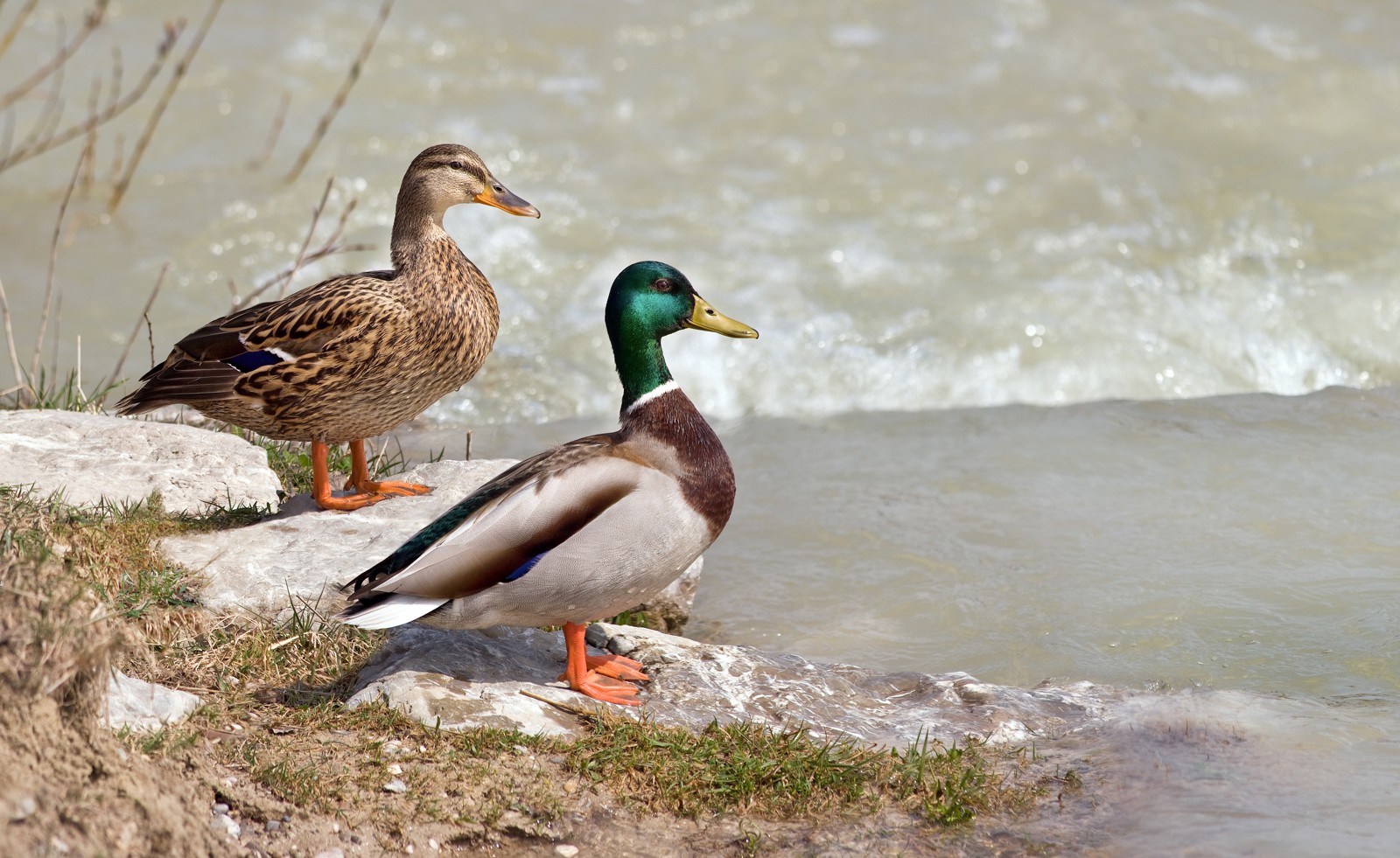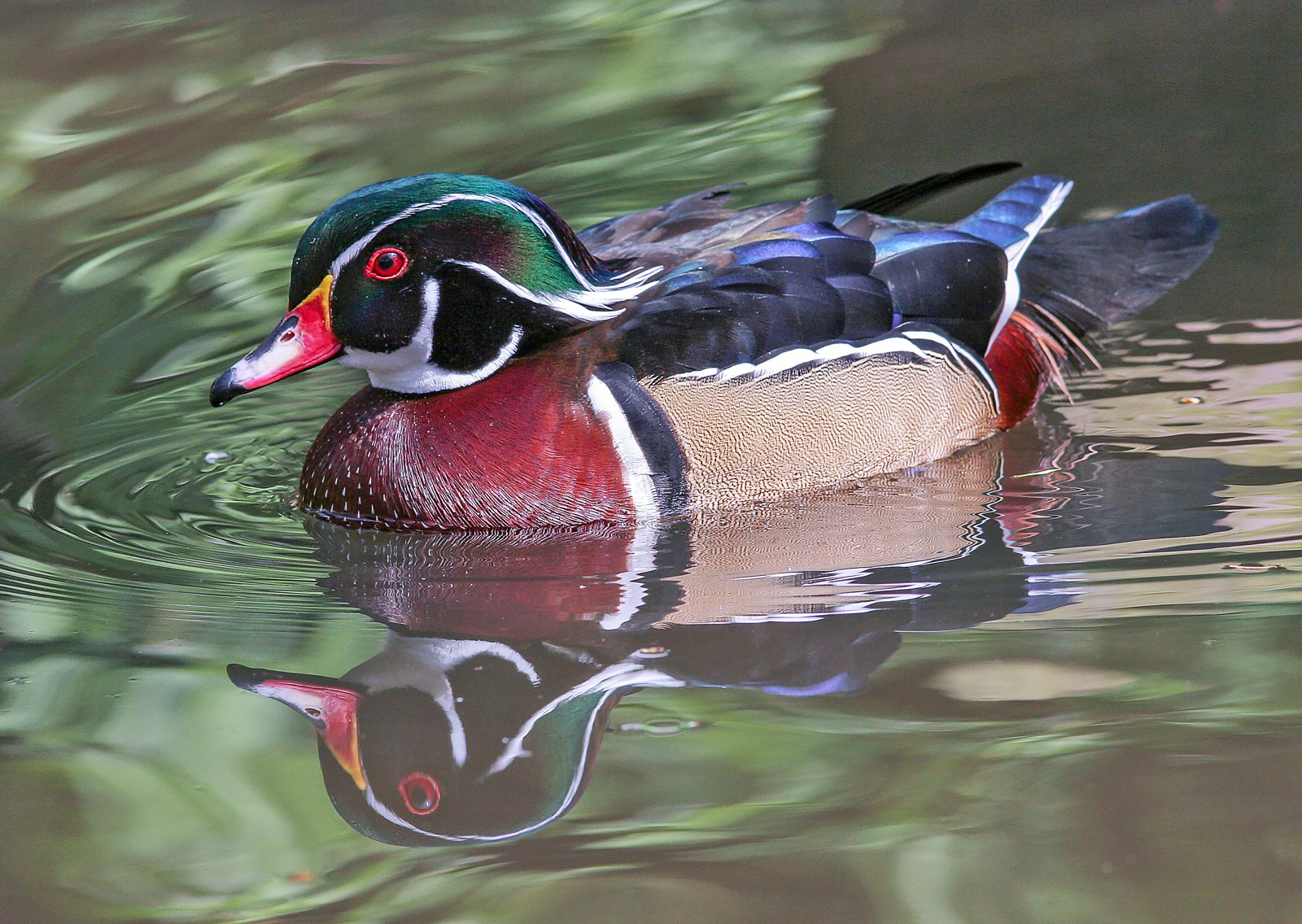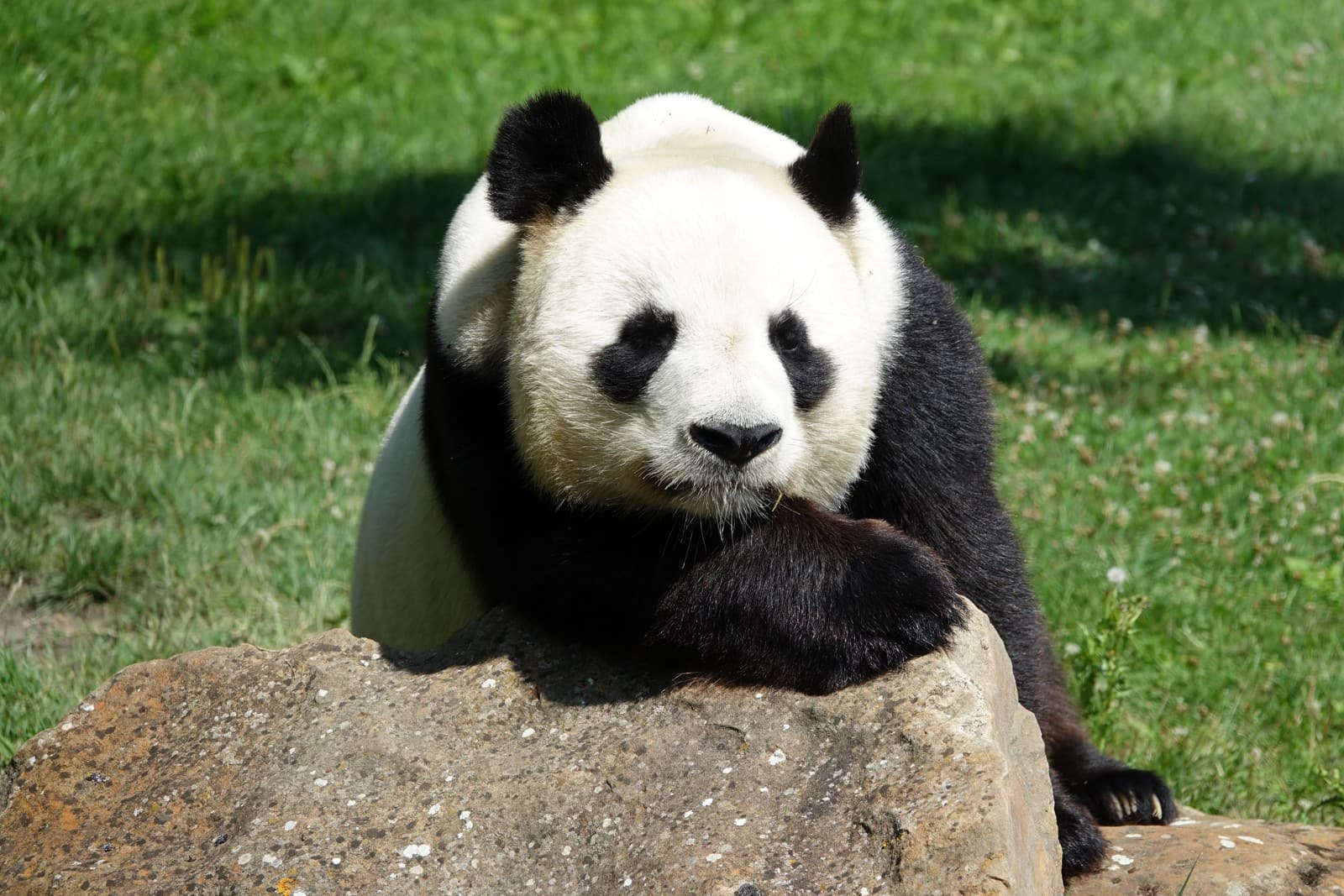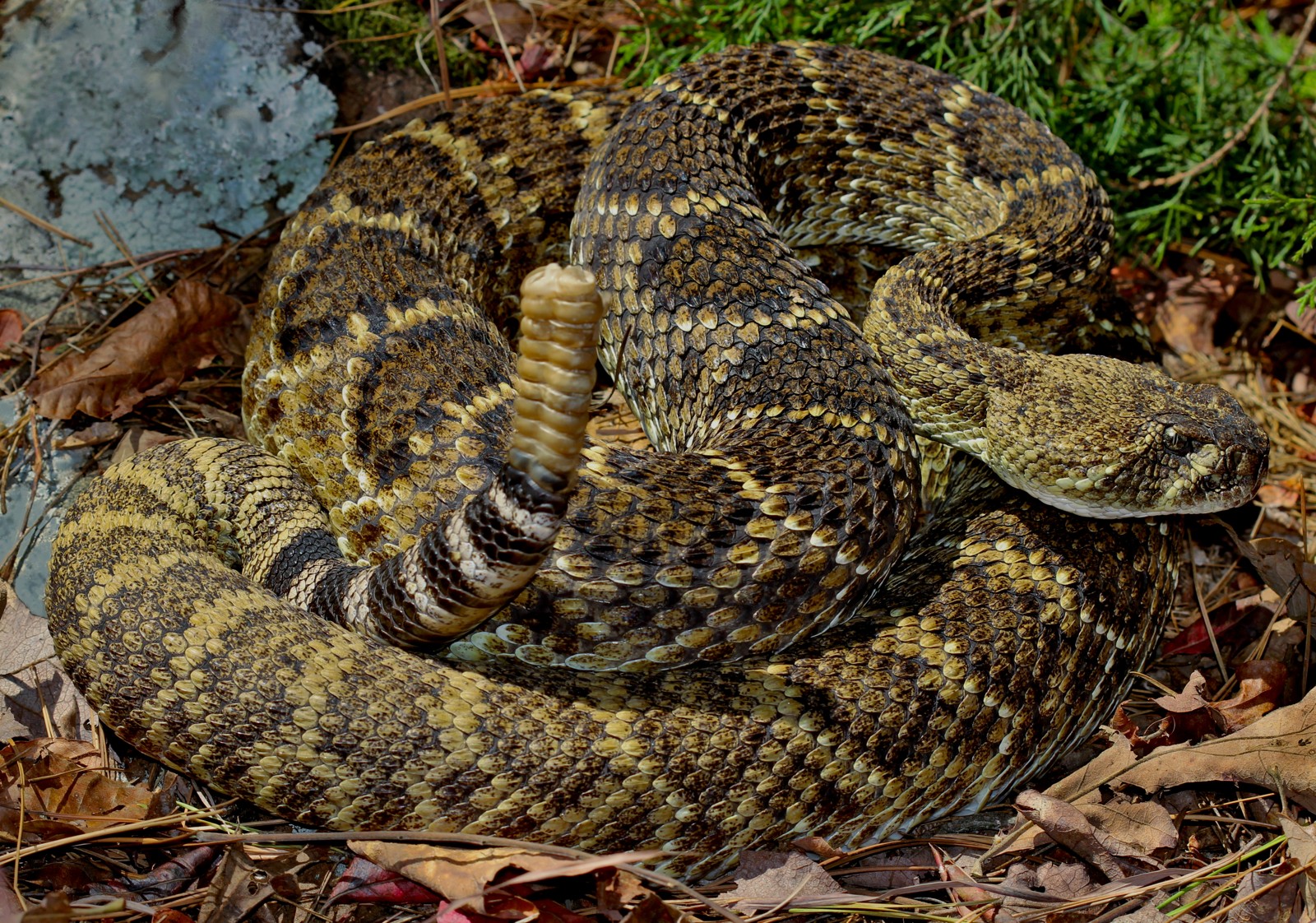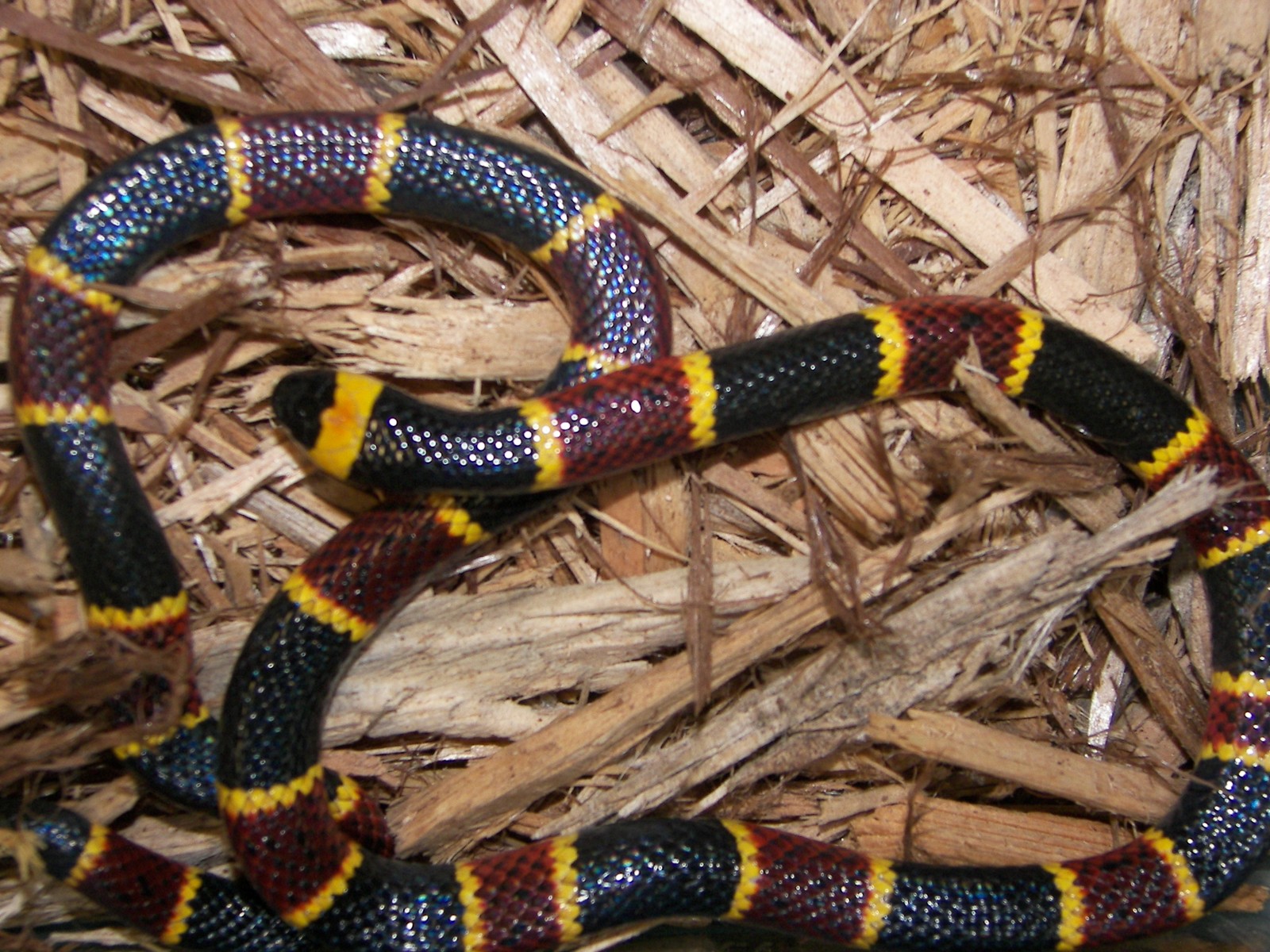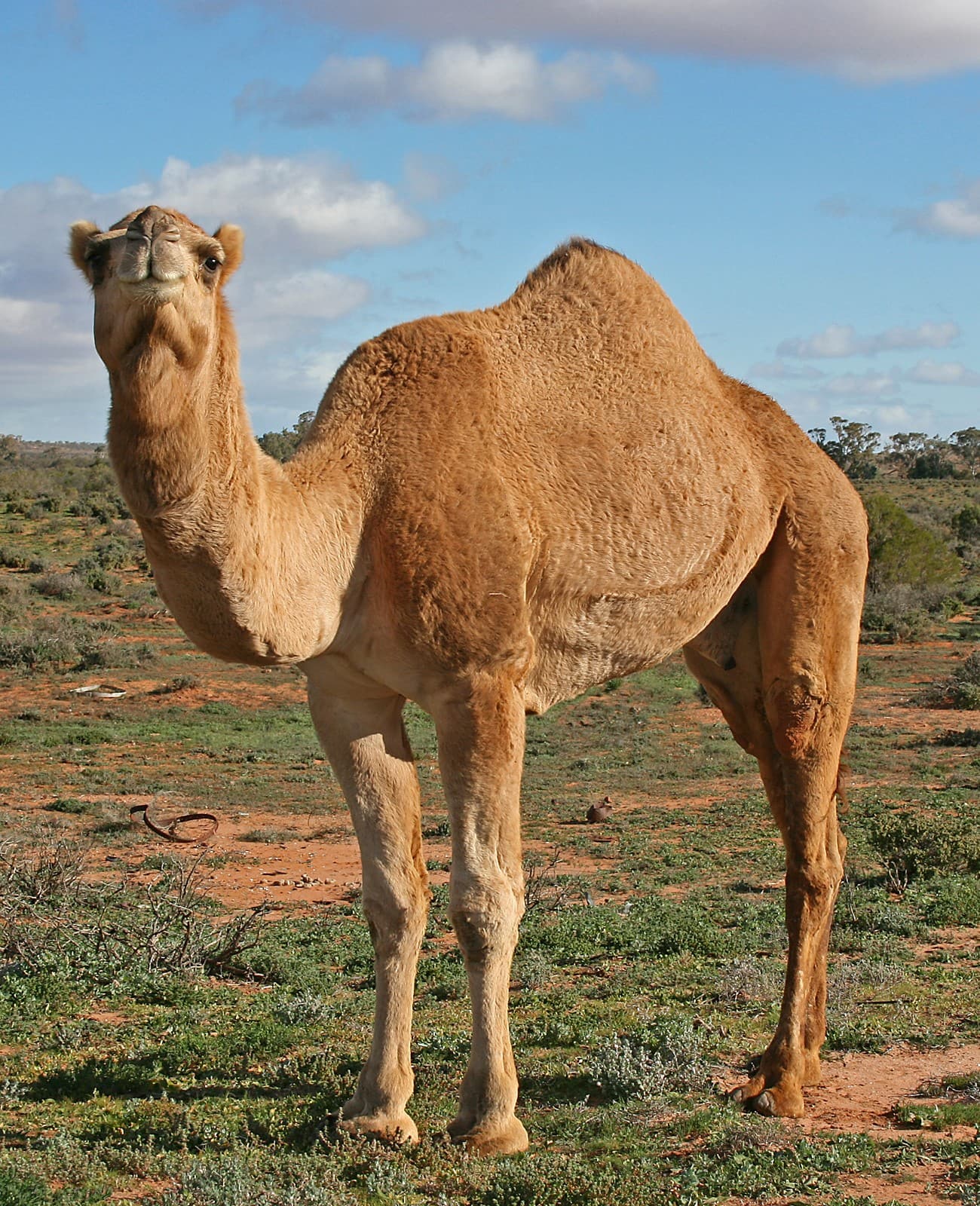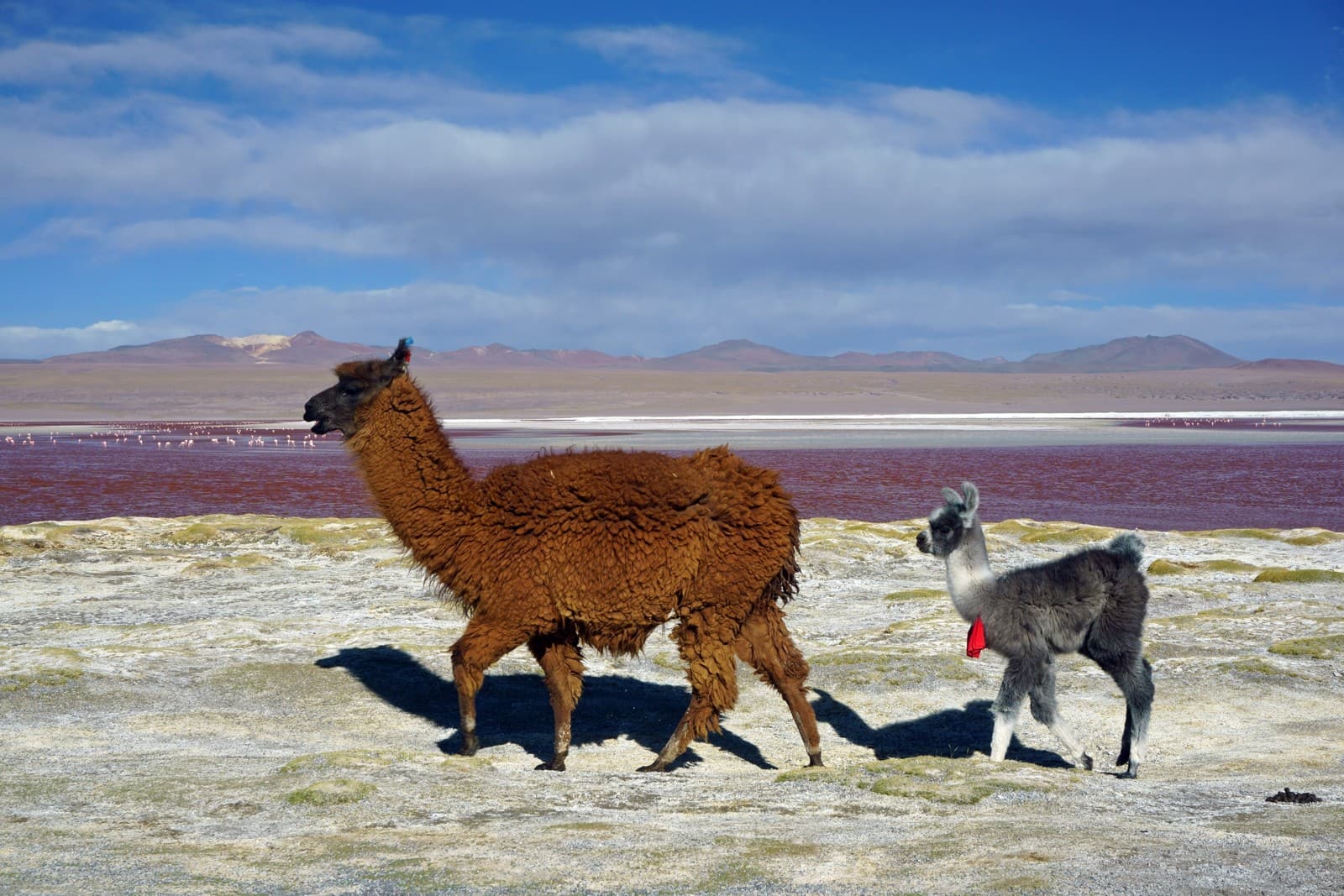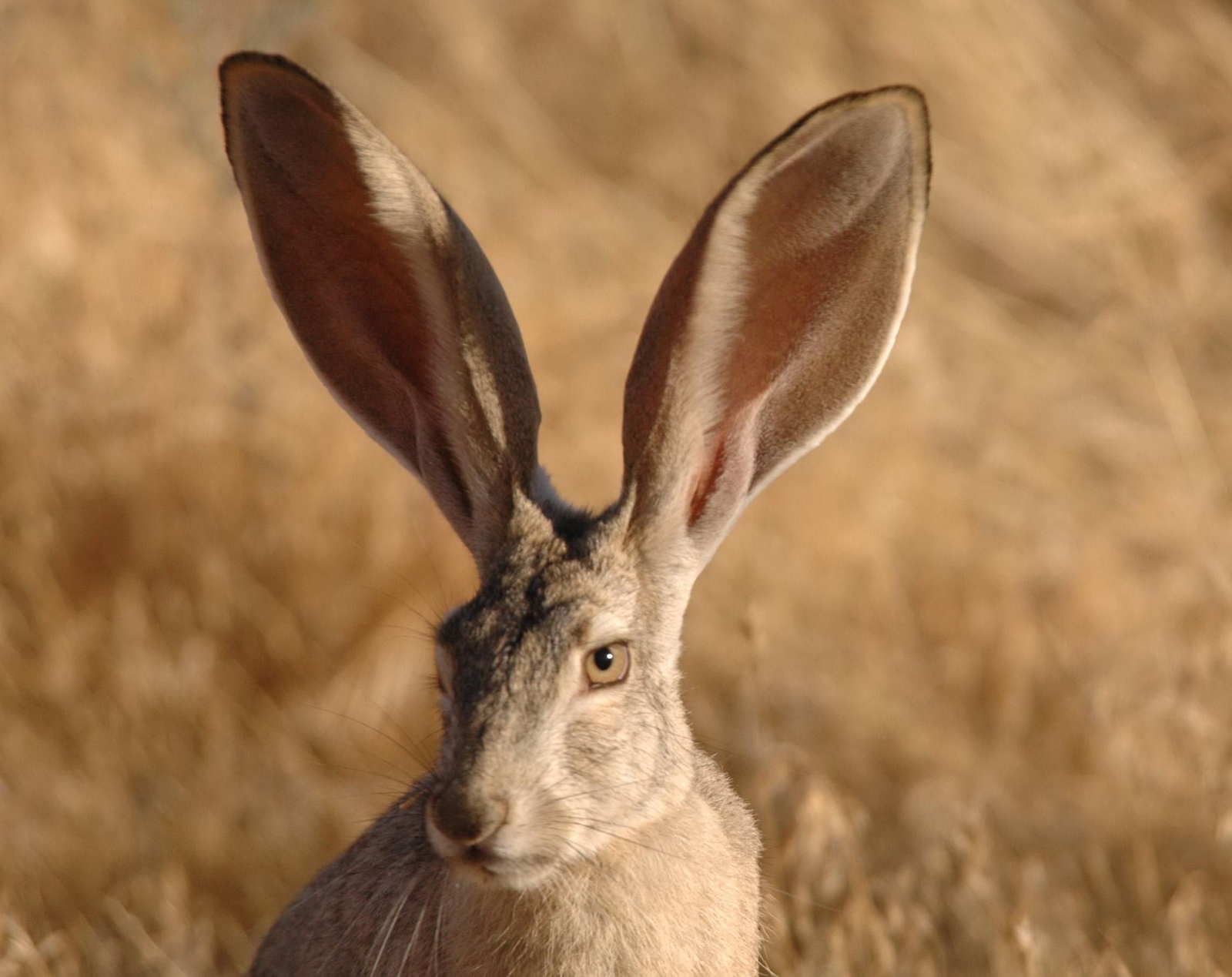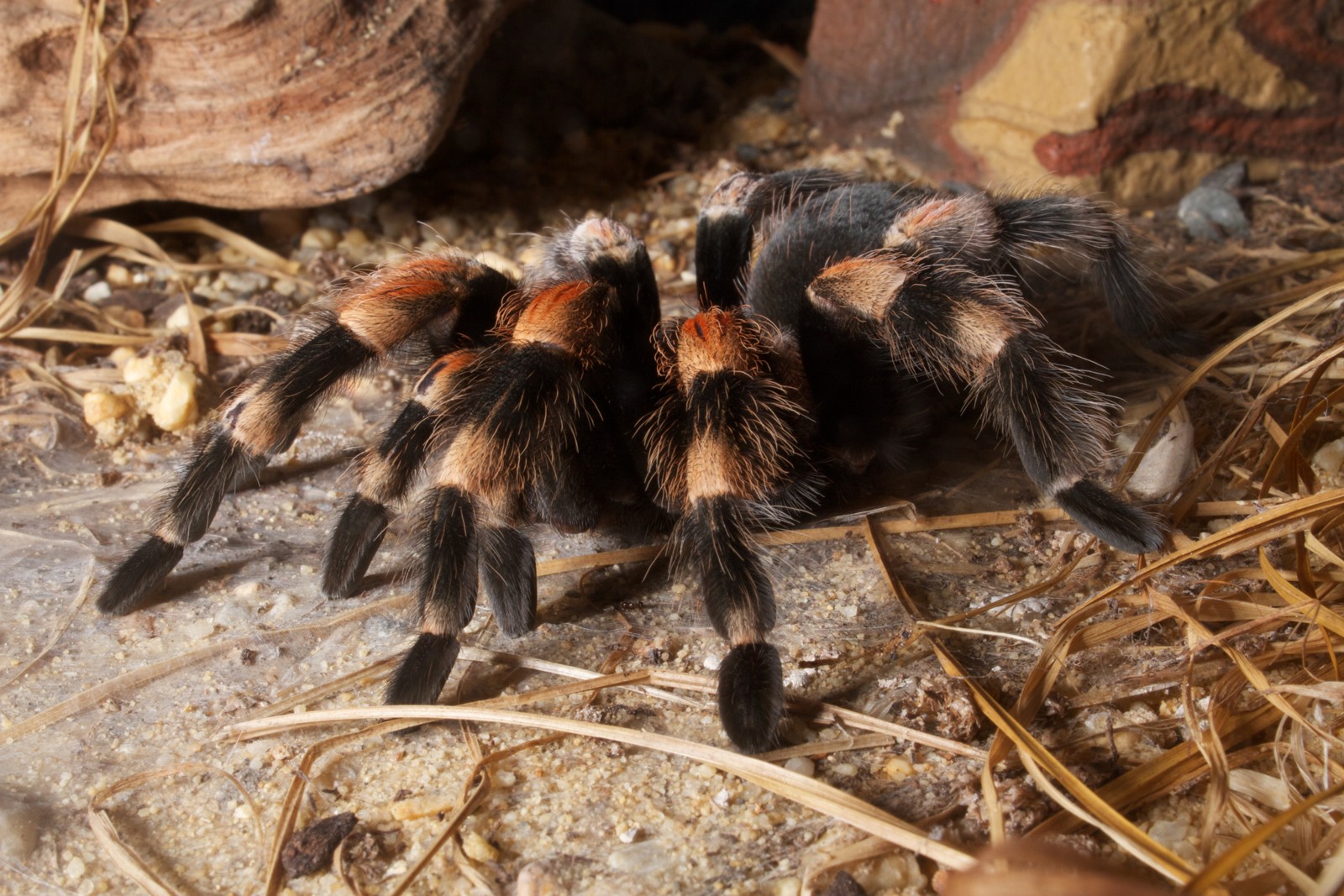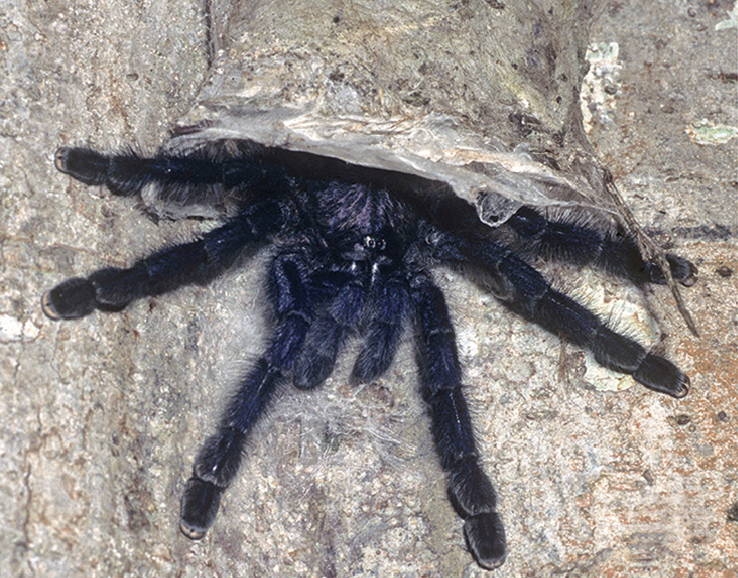Mandarin vs Mallard: A Complete Comparison
When comparing Mandarin vs Mallard ducks, the differences become immediately apparent in their appearance and native ranges. While Mallards are widespread across the Northern Hemisphere, Mandarins are native to East Asia and are considered among the most ornately decorated waterfowl species in the world. The Mandarin drake measures 24 inches (61 cm) in length, slightly smaller than the Mallard’s 26 inches (66 cm).
These two species represent fascinating examples of divergent evolution in waterfowl, with the Mallard adapting to diverse habitats worldwide while the Mandarin developed specialized features for its woodland environment. Despite their similar size, these ducks exhibit distinct behaviors, habitat preferences, and survival strategies that set them apart.
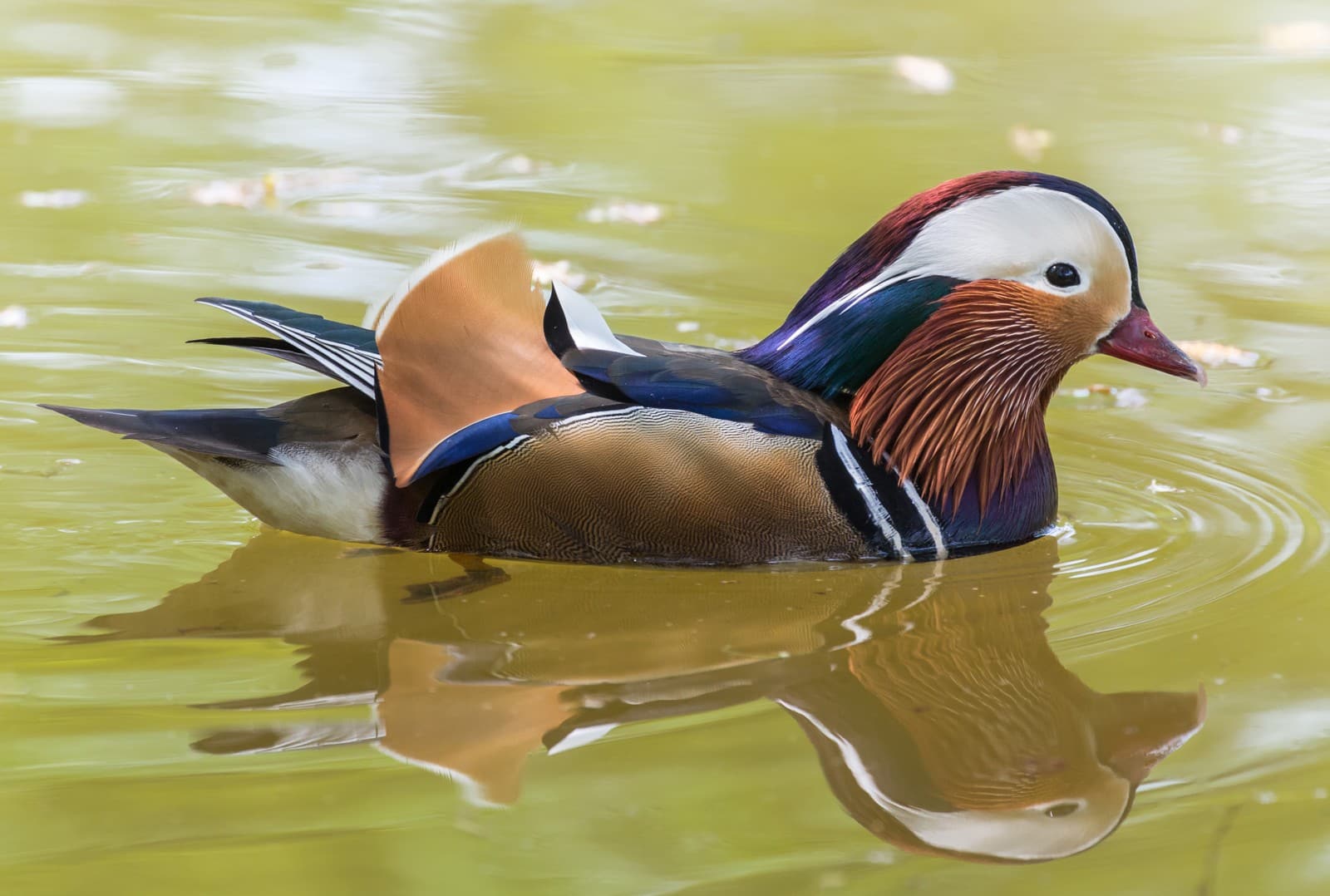
© Diliff / CC BY 3.0
The male Mandarin duck showcases nature’s most elaborate waterfowl plumage, featuring distinctive orange “sails,” an iridescent purple breast, and striking white eyebrows that contrast dramatically with its russet whiskers.
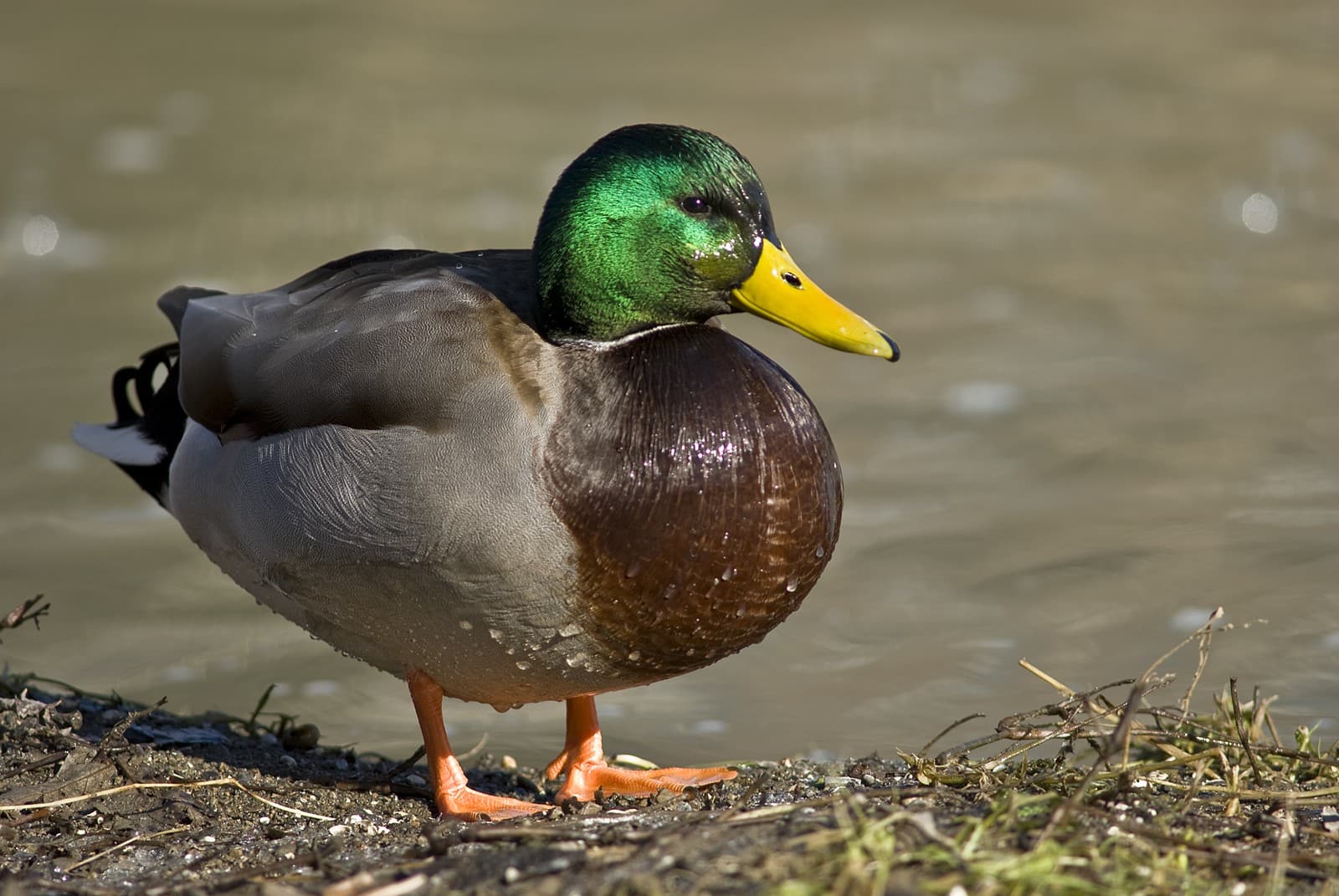
© Acarpentier / CC BY 3.0
The male Mallard exhibits the classic green head and yellow bill combination that has become synonymous with wild ducks, demonstrating a more subtle but equally beautiful example of waterfowl coloration.
Key Differences Between Mandarin and Mallard Ducks
| Feature | Mandarin | Mallard |
|---|---|---|
| Size | 24 inches (61 cm) | 26 inches (66 cm) |
| Weight | 13-24 oz (370-680g) | 24-38 oz (680-1080g) |
| Native Range | East Asia | Northern Hemisphere |
| Habitat | Wooded ponds and streams | Various wetlands |
| Nesting | Tree cavities | Ground nests |
| Diet | Seeds, insects, snails | Plants, insects, small fish |
Habitat and Distribution
Mandarin ducks show a strong preference for wooded waterways, particularly those with overhanging trees and dense vegetation. These specialized habitat requirements contrast sharply with the Mallard’s adaptability to virtually any wetland environment, from city parks to remote marshlands. While Mallards thrive across six continents, wild Mandarins primarily inhabit East Asia, with some introduced populations in Europe and North America.
Breeding and Behavior
The breeding strategies of these species highlight their evolutionary divergence. Mandarin ducks are cavity nesters, with females laying 9-12 eggs in tree hollows up to 30 feet (9 meters) above ground. Mallards, conversely, create ground nests in dense vegetation, typically producing 8-13 eggs. This fundamental difference in nesting behavior reflects their distinct evolutionary adaptations.
Diet and Feeding Habits
While both species are omnivorous, their feeding strategies differ significantly. Mallards are generalist feeders, readily consuming aquatic vegetation, insects, small fish, and human-provided food. Mandarins display more specialized feeding habits, focusing on tree-based food sources like acorns and beech mast, supplemented with aquatic insects and vegetation.
Conservation Status
Mallards maintain stable populations globally, often increasing in urban areas. Mandarin populations, while secure in parts of their range, face challenges from habitat loss in their native territories. However, introduced populations, particularly in the United Kingdom, have established successful colonies, contributing to the species’ preservation.
Who Would Win in a Confrontation?
In theoretical confrontations, Mallards typically dominate due to their larger size and more aggressive temperament. Adult Mallards weigh up to 38 ounces (1080g), significantly more than Mandarins at 24 ounces (680g) maximum. However, direct competition rarely occurs as these species occupy different ecological niches and generally avoid confrontation.
Cultural Significance
Both species hold special places in human culture. Mandarins symbolize fidelity in Asian art and literature due to their lifelong pair bonds. Mallards, as the ancestors of most domestic ducks, represent one of humanity’s most successful waterfowl domestication stories. These cultural connections have contributed significantly to conservation efforts for both species.
Through this comprehensive comparison of Mandarin vs Mallard ducks, we can appreciate how these remarkable waterfowl species have evolved to occupy distinct ecological roles while maintaining their status as some of the world’s most recognized and admired birds.
